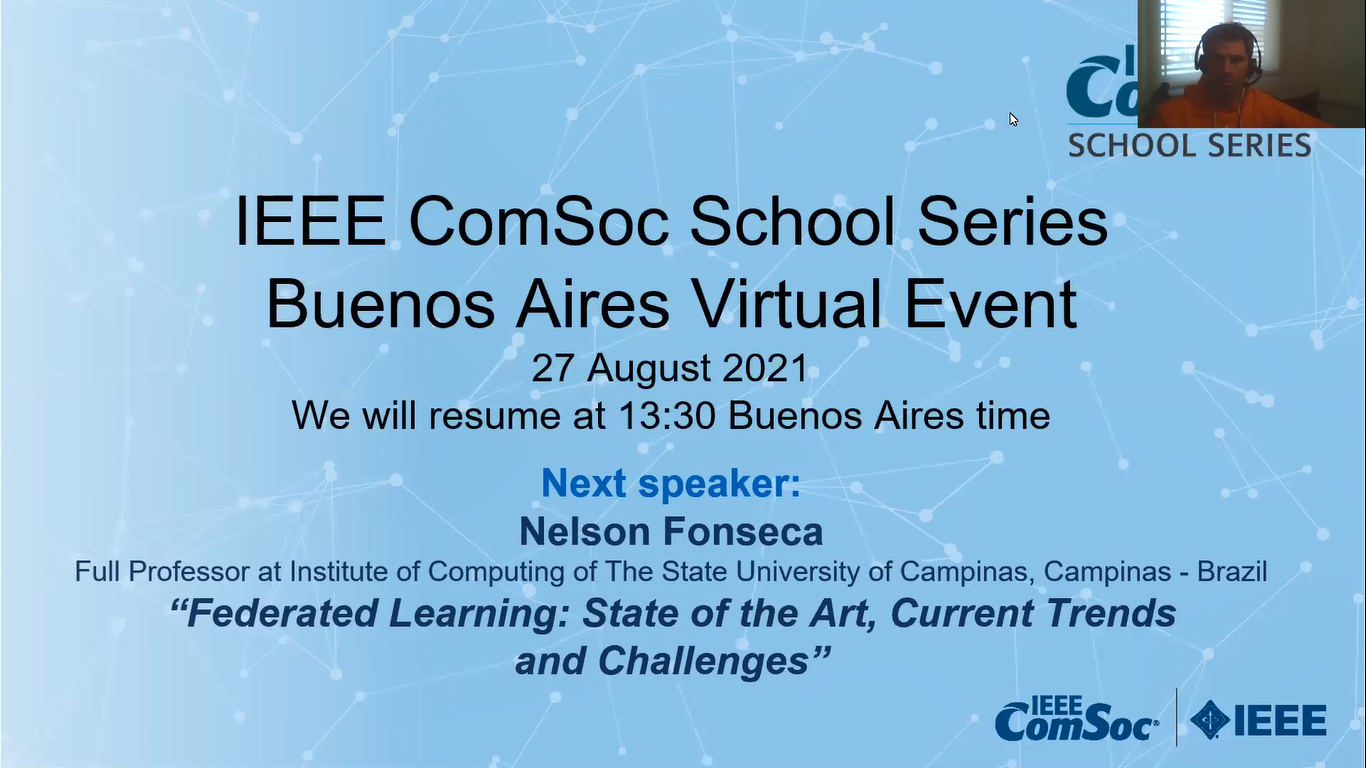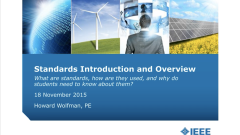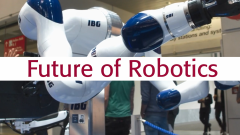
This video program is a part of the Premium package:
Federated Learning: State of the Art, Current Trends and Challenges
- IEEE MemberUS $4.99
- Society MemberUS $0.00
- IEEE Student MemberUS $4.99
- Non-IEEE MemberUS $9.99
Federated Learning: State of the Art, Current Trends and Challenges
It is estimated that the number of interconnected Internet of Things (IoT) devices and smartphones surpass 8 billion and that 800 Zeta Bytes of data worldwide will be generated by 2021. Moreover, the great potentiality of transforming these data into useful information by employing machine learning (ML) techniques have been widely demonstrated. However, ML processing and training of supervised learning models have been carried out in centralized data centers with massive processing power and storage.
Edge/fog computing has addressed the limitations of cloud computing, especially the provisioning of fast response time to applications with strict latency requirements. Besides, federated learning (FL) has enabled the distributed processing of machine learning models at the edge of the network and collaborative model training without exposing a user’s data.
In FL, distributed entities send their model updates, to an FL server for aggregation. The steps are repeated in multiple rounds until an acceptable accuracy level is achieved. FL brings numerous advantages, such as data privacy, efficient bandwidth usage, and low latency. However, as a technology still in its infancy, there are still many challenges to overcome. This talk will overview the federate learning technology state of the art and discuss the challenges its advancement faces.
 Cart
Cart Create Account
Create Account Sign In
Sign In





